Rise of the Machines: DMX, AI, and Lighting Control Showdown
Let me set the scene: It’s the middle of a packed concert, the crowd is buzzing, the band is on fire, and suddenly—my trusty DMX controller freezes. Just stops. Dead. I’m standing there, sweating bullets, watching the lights flicker in a way that’s definitely not part of the show. In that moment, I did what any desperate lighting tech would do: I whipped out my phone, fired up a lighting control app, and started improvising. The show went on, but it was a wild ride. That night, I realized just how much the world of event lighting is changing—and how much we’re all dancing with the future, whether we like it or not.
DMX: The Old Guard Still Has Moves
For years, DMX controllers have been the backbone of event lighting. They’re reliable, precise, and, honestly, kind of comforting in their old-school way. There’s something about the tactile feel of a physical board—the sliders, the buttons, the little LED screens—that makes you feel in control. You know what’s happening, you can see your cues, and if something goes wrong, you can usually fix it with a bit of quick thinking and a steady hand.
But even the best DMX controller can glitch (trust me, I’ve lived it). And as research shows, the demand for more dynamic, responsive lighting has pushed manufacturers to innovate. New DMX boards now come with wireless capabilities, touchscreens, and even basic AI features. Still, at their core, they’re about giving the human operator the final say. There’s a certain artistry to working with a DMX board—a sense that, no matter how advanced the tech gets, it’s still your show.
AI-Powered Lighting: Who’s Really in Control?
Now, let’s talk about the new kid on the block: AI-powered lighting systems. These things are wild. Imagine a setup where the lights don’t just follow your cues—they anticipate them. They react to the music, the movement on stage, even the mood of the crowd. Some systems use real-time data to adjust color, intensity, and patterns, creating effects that feel almost alive. It’s like having a lighting designer who never gets tired, never misses a beat, and can process a thousand variables at once.
AI-Powered Lighting Systems
But here’s the thing: Who’s actually in charge? With AI in the mix, sometimes it feels like you’re just along for the ride. Sure, you can set parameters and give the system some direction, but the magic (or madness) happens when the AI starts making decisions on its own. It’s both thrilling and a little unnerving. I’ve seen shows where the AI nailed it—creating moments I never would have thought of. But I’ve also seen it go off the rails, chasing some algorithmic rabbit hole that left everyone scratching their heads.
“Lighting design is quickly becoming a collaboration between human creativity and machine intelligence,” says one industry expert. “The best results happen when both are in sync.”
And honestly? I agree. There’s a sweet spot where the tech amplifies your vision, not replaces it. But finding that balance is a journey, not a destination.
The Quiet Revolution: Lighting Software Gets Friendly
While everyone’s talking about hardware and AI, there’s another revolution happening quietly in the background: lighting control software. Gone are the days when you needed a computer science degree just to patch a few fixtures. Today’s software is sleek, intuitive, and (on a good day) surprisingly stress-free.
Modern programs let you drag and drop fixtures, build cues visually, and even simulate your entire show in 3D before you ever plug in a cable. Integration with hardware is smoother than ever, and wireless control means you can tweak your design from anywhere in the venue—even the back row, if you’re feeling brave. Research indicates that these advances are making event lighting more accessible, reducing setup time, and lowering stress for operators.
Live Event Lighting Trends
Of course, it’s not all sunshine and rainbows. Sometimes, updates break things. Sometimes, the software decides to “help” in ways you never asked for. But overall, the evolution is real—and it’s making our lives a little easier, one click at a time.
So, Who Wins the Showdown?
Honestly, it’s not about one system beating the other. It’s about finding the right mix for your show, your team, and your audience. Whether you’re a die-hard DMX fan, an AI enthusiast, or somewhere in between, the future of event lighting is all about collaboration—between people, machines, and everything in between.







